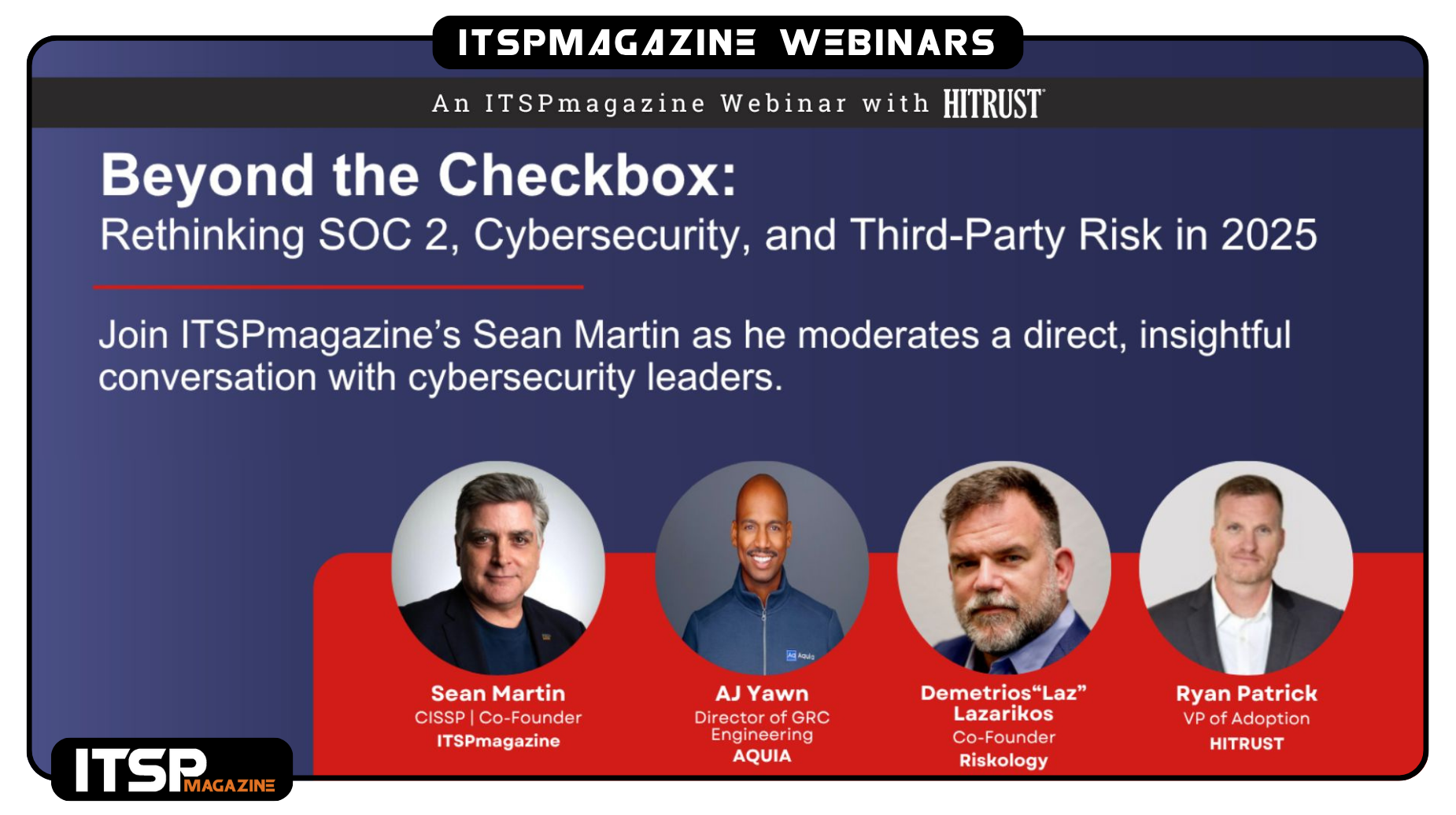Building Resilience Through Certified Trust: Addressing Real Risk, Not Just Compliance
Organizations today are under constant pressure to validate their security posture to customers, partners, regulators, and insurers. But the tools many rely on—self-attestations, spreadsheets, and inconsistent third-party audits—rarely deliver the assurance needed to earn trust or reduce risk. The HITRUST 2025 Trust Report surfaces a critical truth: not all certifications are created equal.
Customer Challenge: Proving Real Security, Not Just Passing an Audit
Many frameworks stop at “compliance.” They leave gaps in assurance, allow for easy scoping around hard controls, and rarely tie back to actual threat intelligence. That opens the door for inconsistent maturity across organizations—and leaves relying parties questioning the validity of what’s being shared.
The HITRUST Difference: Reliability and Relevance by Design
HITRUST rethinks this approach by combining a threat-informed control framework, maturity-based scoring, and 100% post-assessment quality review. Every certification undergoes a full QA review—not a sample—and organizations are assessed on their ability to mitigate real-world attacks based on data mapped to the MITRE ATT&CK framework.
By tailoring certifications to an organization’s size, systems, and regulatory obligations, HITRUST delivers assessments that are relevant, not redundant. And because controls are scored on a maturity model, companies get more than a yes/no—they get an actionable roadmap for continuous improvement.
Proof of Impact: Breach Rates and Measurable Gains
In the 2025 Trust Report, 99.41% of HITRUST-certified organizations had no reported breaches—a consistency echoed from 2024. Moreover, organizations with repeated HITRUST certifications saw measurable year-over-year reductions in corrective actions, with some groups reducing their open issues by over 50%.
Looking Ahead: Shared Responsibility and Continuous Assurance
As environments become more dynamic, HITRUST is investing in models for continuous assurance—where automated control monitoring and smaller, recurring assessments replace the traditional “big bang” audit. This means less drift, more consistent validation, and improved visibility for both internal stakeholders and external partners.
Organizations are also leveraging external inheritance—especially through cloud service providers—to reduce complexity while improving control performance. This model allows smaller teams to achieve high assurance levels by strategically standing on the shoulders of trusted infrastructure providers.
Certification That Actually Builds Trust
Security certifications should be more than paperwork. They should improve posture, reduce breach risk, and offer stakeholders confidence. HITRUST’s model—grounded in real threats, rigorous validation, and transparent reporting—proves that assurance, when done right, can be a business advantage, not just a regulatory requirement.
Learn more about HITRUST: https://itspm.ag/itsphitweb
Note: This story contains promotional content. Learn more.
Guests:
Bimal Sheth, Executive Vice President of Standards Development and Assurance Operations at HITRUST | On LinkedIn: https://www.linkedin.com/in/bimal-sheth-248219130/
Vincent Bennekers, Vice President of Quality at HITRUST | On LinkedIn: https://www.linkedin.com/in/vincent-bennekers-a0b3201/







